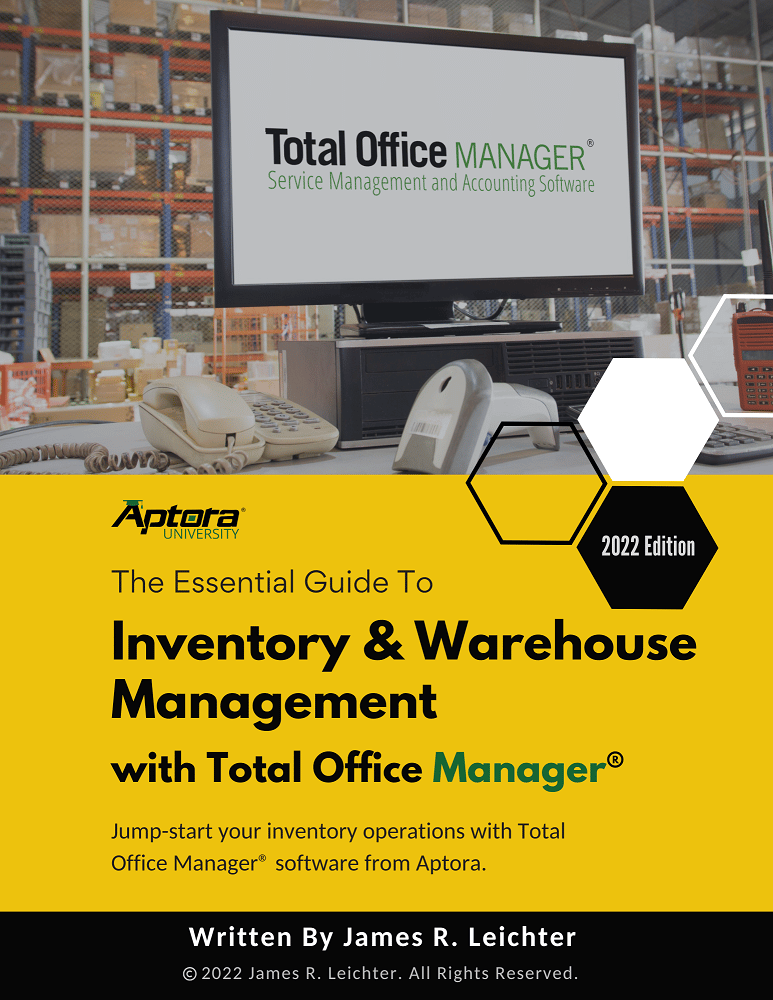
How to Write a Winning HVAC Business Plan (FREE Template)
In my 27 years navigating the trenches of this industry, from turning a wrench to consulting for hundreds of contractors, I’ve seen a clear dividing

Key Takeaways
Learning how to create a construction budget may feel intimidating if you’ve never tackled a large project before. Even small renovation jobs can involve juggling material costs, labor expenses, and unexpected fees.
In this article, you’ll discover practical strategies for drafting a construction budget in spreadsheet software (Microsoft Excel, Google Sheets, Zoho Sheet, etc.), plus a step-by-step guide to keep you on track. By the end, you’ll have the knowledge you need to manage costs effectively and finish every project on time and within budget.
Construction budgeting is the process of planning, estimating, and tracking all expenses associated with a building or renovation project. This includes everything from equipment rentals to construction waste disposal fees. The goal is to ensure that you have a financial roadmap for completing the project without running into cash flow problems.
Your construction budget hinges on knowing exactly what you plan to accomplish. Start by creating a concise project scope, then outline your main goals—like staying within a certain spending limit or finishing before a specific deadline. Having a clear objective allows you to prioritize expenses more accurately.
Before you dive into actual cost estimation, set up your spreadsheets or budgeting tools. Microsoft Excel and Google Sheets are the most accessible options, allowing you to create tables, automate sums, and organize expenses by category. If you prefer an advanced approach, specialized construction cost management software can automate much of the process.
Pro Tip #1: If you want a more detailed starting template, the Small Business Administration (SBA.gov) offers resources for financial planning and cost estimates. You can adapt some of their budgeting frameworks to fit your construction needs.
Once your spreadsheet is ready, it’s time to populate it with the expenses you anticipate. Materials and labor typically make up the biggest chunks of a construction budget, so focus your energy on using the best practices to get your estimates as accurate as possible.
Pro Tip #2: Check industry guides like the American Society of Civil Engineers (asce.org) to get a sense of current construction material pricing trends and labor rate averages in your region.
Budgeting isn’t just about materials and labor. Overhead costs—like office expenses, insurance, and equipment maintenance—can add up quickly. Always allocate a buffer for surprises, known as a contingency fund, to help you adapt if costs spike or if you encounter unexpected site conditions.
Pro Tip #3: A good rule of thumb is to set aside at least 10% of your total budget for contingencies. If your project is more complex or prone to changes, consider going up to 20%.
Want to strengthen the accounting foundation behind your budget – like how to structure your chart of accounts, separate fixed vs. variable overhead, choose accrual over cash, and set up job costing? See Construction Accounting 101: A Solid Guide for Contractors
Cash flow issues can cripple even the most well-planned construction project. Tracking your inflow and outflow of funds ensures you always have enough capital to cover upcoming bills. Updating your spreadsheet regularly allows you to spot potential shortfalls and find solutions before they escalate.
Why This Matters: Prompt budget adjustments help you avoid cost overrun and preserve your profitability. Failing to update the spreadsheet as you go can lead to nasty financial surprises that stall your project.
A construction budget isn’t a one-time exercise; it’s an evolving tool that requires periodic updates. Perform monthly or milestone-based reviews to see if your estimates still align with reality. If you’re consistently over budget, reevaluate your sourcing and workflow. If you’re under budget, consider whether you’re cutting corners or missing a hidden expense.
You now have all the ingredients for a solid construction budget. Below is a quick outline to guide you as you set up your spreadsheet in Excel or Google Sheets:
The outcome is a thorough financial plan that helps you see exactly where your money is going and what you need to keep your project running smoothly. Check out parts one, two, and three of Financial Reporting Structure for a Contracting Business below for an in-depth look at financial reporting.
While Excel and Google Sheets can get the job done, they often require manual updates and can grow unwieldy if your project changes or expands rapidly. Mistakes—like forgetting to track an extra delivery fee or misplacing a line item for subcontractor work—are easy to make. Plus, collaborative editing can cause confusion if multiple people access the same file simultaneously.
| Feature | Excel/Google Sheets | Construction Software (e.g., Aptora) |
| Manual Data Entry | ✅ Required | ❌ Automated |
| Cost Tracking | ✅ Basic | ✅ Advanced |
| Real-Time Updates | ❌ No | ✅ Yes |
| Error Risk | ❌ High | ✅ Low |
| Collaboration | ❌ Limited | ✅ Multi-User |
If you’re feeling overwhelmed by manual data entry and the risk of human error in spreadsheets, consider switching to Aptora’s construction accounting software. Aptora streamlines cost estimating, scheduling, and financial tracking, all in one intuitive platform. With automated updates, real-time reporting, and built-in project management features, you can easily track expenses, spot overruns, and adjust budgets on the fly. Let Aptora handle the technical legwork, so you can focus on delivering exceptional results for your clients.
Obtain quotes from multiple suppliers, get labor rate estimates from local contractors, and use reliable industry data to ensure accuracy. This approach helps you compare prices and avoid overpaying for materials or labor.
It depends on the size and complexity of your project. For most projects, weekly or bi-weekly updates are sufficient. Large or fast-paced projects might need daily tracking to ensure no hidden costs slip through the cracks.
Yes. Even minor renovations can uncover hidden issues, such as plumbing problems or structural damage. A contingency fund of around 10% to 20% helps protect your budget and keeps the project running smoothly if unexpected costs arise.

Subscribe to our newsletter


By submitting this form, I agree to receive marketing communication via phone call, email, or SMS from Aptora.

By submitting this form, I agree to receive marketing communication via phone call, email, or SMS from Aptora.